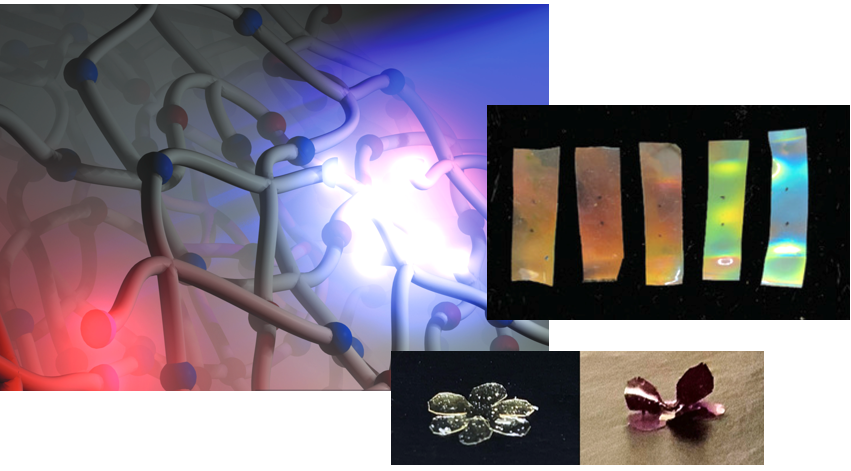AMLCI Materials Day 2026

More Information Coming Soon!
when & Where
Materials Day 2026 will take place on April 10th and 11th 2026, in Samsung Auditorium in the Liquid Crystal Materials Science Building (LCM-101) on ĆŢÓŃÉçÇř's Kent Campus. The street address is 1425 Lefton Esplanade, Kent, Ohio.
Parking locations near the building are noted below with red markers. The Samsung Auditorium is in the north wing of the building on the first floor, indicated by a yellow arrow.

Theme
The theme of AMLCI Materials Day 2026 (MD26) “Polymers & Elastomers” recognizes the unique role these materials play in our daily lives. Bestowed with additional liquid crystalline properties, these materials are studied and used as multi-responsive materials in actuators, soft robotics, cell scaffolds, and energy generation. MD26 will explore the fundamental science behind and future groundbreaking applications toward programmable smart materials that occur at the interface between polymers/elastomers and liquid crystals.
Keynote
“Novel Applications and Developments Utilizing Photopolymerizations”
Christopher N. Bowman
University of Colorado
Department of Chemical and Biological Engineering
Department of Restorative Dentistry

Saturday, April 11th - Samsung Auditorium (LCM Building)
Photopolymerization reactions have been explored and utilized since the time of the ancient Egyptians; however, development of new photopolymerization methodologies and applications continues at an ever more rapid pace. Traditionally, photopolymerization of multifunctional monomers results in highly crosslinked materials suitable for applications as optical lenses, optical fiber coatings, and dental materials. These reactions are ubiquitous not only because of the nature of the final polymer product, but also for the characteristics of the reaction itself. Photopolymerizations are far more energy efficient than their thermal counterparts, are typically performed in a solventless manner that is more environmentally compatible, the reactions occur rapidly at ambient conditions, and the polymerization can be controlled in both time and space.
Here, we will focus on two distinct vignettes related to our photopolymerizations work including the development of novel click-reaction based photopolymerization reactions and materials and development of polymer networks with dynamic covalent links that exhibit unique responses to exposure to light that alleviate stress and lead to shape and compositional changes. First, we will discuss the potential and application of photopolymerization reactions based on click reactions. These unique polymerizations enable fabrication of low stress, highly functional, homogeneous materials with the facile ability to induce a multistage polymerization reaction suitable for the formation of holographic and other optical materials. We will next present work on covalent adaptable networks (CANs) that incorporate dynamic covalent bonds as crosslinks within the network that respond to light to (de)activate the dynamic bond character. These materials are able to change shape and stress-state when exposed to light, facilitating application as novel optical and actuating materials.

Sponsors
TBA
